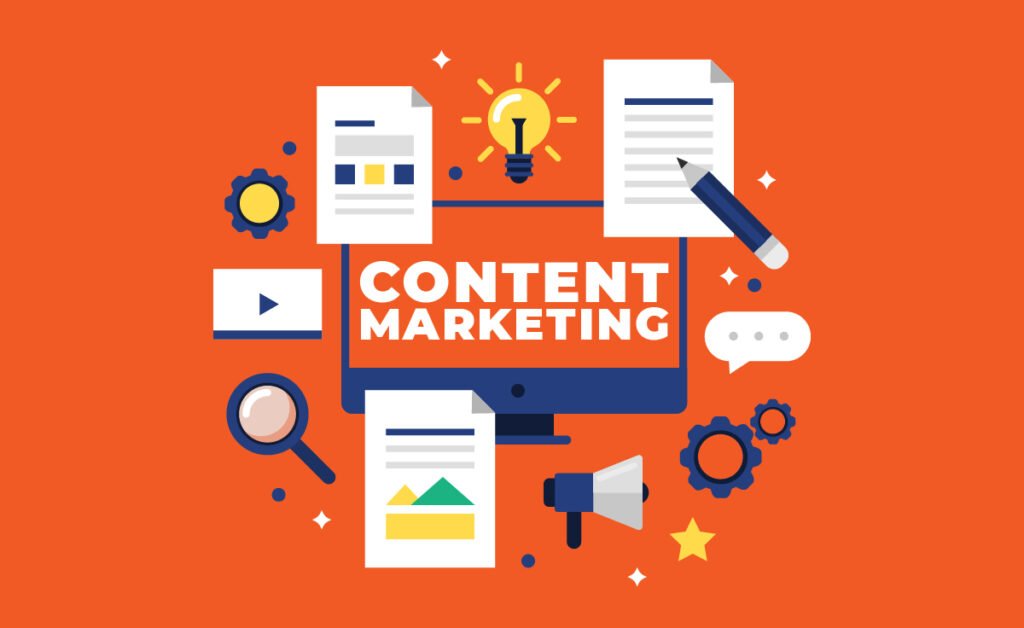Data Privacy Trends: A Strategic Imperative for Dubai Businesses in 2025
Home About Us Services Social Media Consultation Branding Art Direction Social Media Strategy Community Management Content Creation Photography Videography Graphic Designs Illustration 2D Animation 3D Animation Web Design & Development Search Engine Optimization CPC Google Advertising Meta Advertising E-Mail Marketing Influencers Marketing’s Studio Work Blog Home About Us Services Social Media Consultation Branding Art Direction Social Media Strategy Community Management Content Creation Photography Videography Graphic Designs Illustration 2D Animation 3D Animation Web Design & Development Search Engine Optimization CPC Google Advertising Meta Advertising E-Mail Marketing Influencers Marketing’s Studio Work Blog Get A Qoute Data Privacy Trends: A Strategic Imperative for Dubai Businesses in 2025 In 2025, data privacy isn’t just a legal box to tick—it’s a crucial factor that sets businesses apart in Dubai. With global regulations changing quickly, cyber threats getting more sophisticated, and consumers expecting more, organizations need to prioritize data protection to stay compliant, build trust, and remain resilient in the long run. This article explores the key data privacy trends shaping Dubai’s business landscape in 2025 and offers strategic insights for organizations looking to stay ahead of the curve. Stricter Enforcement of the UAE Personal Data Protection Law (PDPL) Dubai’s regulatory framework is evolving rapidly, with the UAE Personal Data Protection Law (PDPL) now under stricter enforcement. Businesses must ensure comprehensive compliance, including appointing Data Protection Officers (DPOs), conducting Data Protection Impact Assessments (DPIAs), and demonstrating transparency in their data processing activities. Strategic Consideration: Organizations should conduct a thorough compliance audit, update privacy policies, and implement robust data governance mechanisms to mitigate regulatory risks. Ethical AI and Automated Data Processing Regulations As artificial intelligence (AI) and machine learning (ML) become integral to decision-making processes, Dubai regulators are introducing guidelines to govern the ethical use of automated data processing. These regulations emphasize accountability, fairness, and transparency to prevent biases and ensure consumer protection. Strategic Consideration: Businesses leveraging AI must establish governance frameworks to track AI decision-making, maintain audit trails, and provide consumers with clear opt-out options for algorithmic processing. Evolving Cross-Border Data Transfer Regulations With the increasing importance of data sovereignty, businesses in Dubai must navigate complex cross-border data transfer regulations. Authorities are implementing stricter guidelines to ensure sensitive data is either stored within UAE borders or meets stringent security protocols when transferred internationally. Strategic Consideration: Organizations should invest in localized data infrastructure and establish comprehensive cross-border data management policies to comply with evolving regulatory requirements. Strengthening Consumer Data Rights and Transparency Consumer awareness of data privacy is at an all-time high, compelling businesses to enhance transparency and accountability. Companies are now required to provide clear opt-in and opt-out mechanisms, facilitate easy access to personal data, and allow seamless modification or deletion upon request. Strategic Consideration: Businesses must adopt user-centric privacy frameworks that prioritize transparency, simplicity, and control, thereby strengthening consumer trust and regulatory compliance. Advancing Cybersecurity Measures to Counter Data Breaches Cyber threats are escalating, with data breaches posing significant financial, legal, and reputational risks. Dubai businesses are required to implement state-of-the-art cybersecurity measures, including advanced threat detection, end-to-end encryption, and multi-factor authentication protocols. Strategic Consideration: Organizations should proactively assess vulnerabilities, conduct frequent penetration testing, and invest in AI-driven cybersecurity solutions to bolster their defenses against emerging threats. Blockchain as a Catalyst for Secure Data Management Blockchain technology is emerging as a game-changer in data privacy, offering decentralized, tamper-proof solutions for secure transactions and identity management. Dubai businesses are increasingly exploring blockchain-driven data protection strategies to enhance security and transparency. Strategic Consideration: Companies should assess the feasibility of blockchain applications in their operations, leveraging decentralized ledgers to improve data integrity and minimize unauthorized access. Final Thoughts Data privacy is no longer an afterthought—it is a fundamental pillar of business strategy in 2025. Dubai enterprises that proactively align with regulatory requirements, adopt cutting-edge security measures, and prioritize ethical data management will not only safeguard their reputation but also gain a competitive edge in the digital economy. By embedding privacy into their core business strategies, organizations can foster trust, drive innovation, and navigate the complexities of an increasingly data-driven world. For tailored data privacy solutions and strategic insights, contact Bold Media—your trusted partner in navigating the evolving landscape of digital compliance and security. Come Work With Bold Media Collaborating can bring a fresh perspective, expertise in the latest marketing strategies, and efficient execution to your marketing efforts, ultimately helping your business reach its goals and succeed in the digital world. Come join us! Get Your Free Custom Proposal Your audience is on social media. You should be too. Bold Media Join the family! Email Address Subscribe You have been successfully Subscribed! Ops! Something went wrong, please try again. Business Centre, Sharjah Publishing City, Sharjah, United Arab Emirates Work@boldmedia.ae +971 504039664 Home About Us Services Careers Studio Work Blog Home About Us Services Careers Studio Work Blog Linkedin Whatsapp Facebook Instagram Copyright © 2024 boldmedia.ae | Powered by BOLD FZE LLC
Data Privacy Trends: A Strategic Imperative for Dubai Businesses in 2025 Read More »









